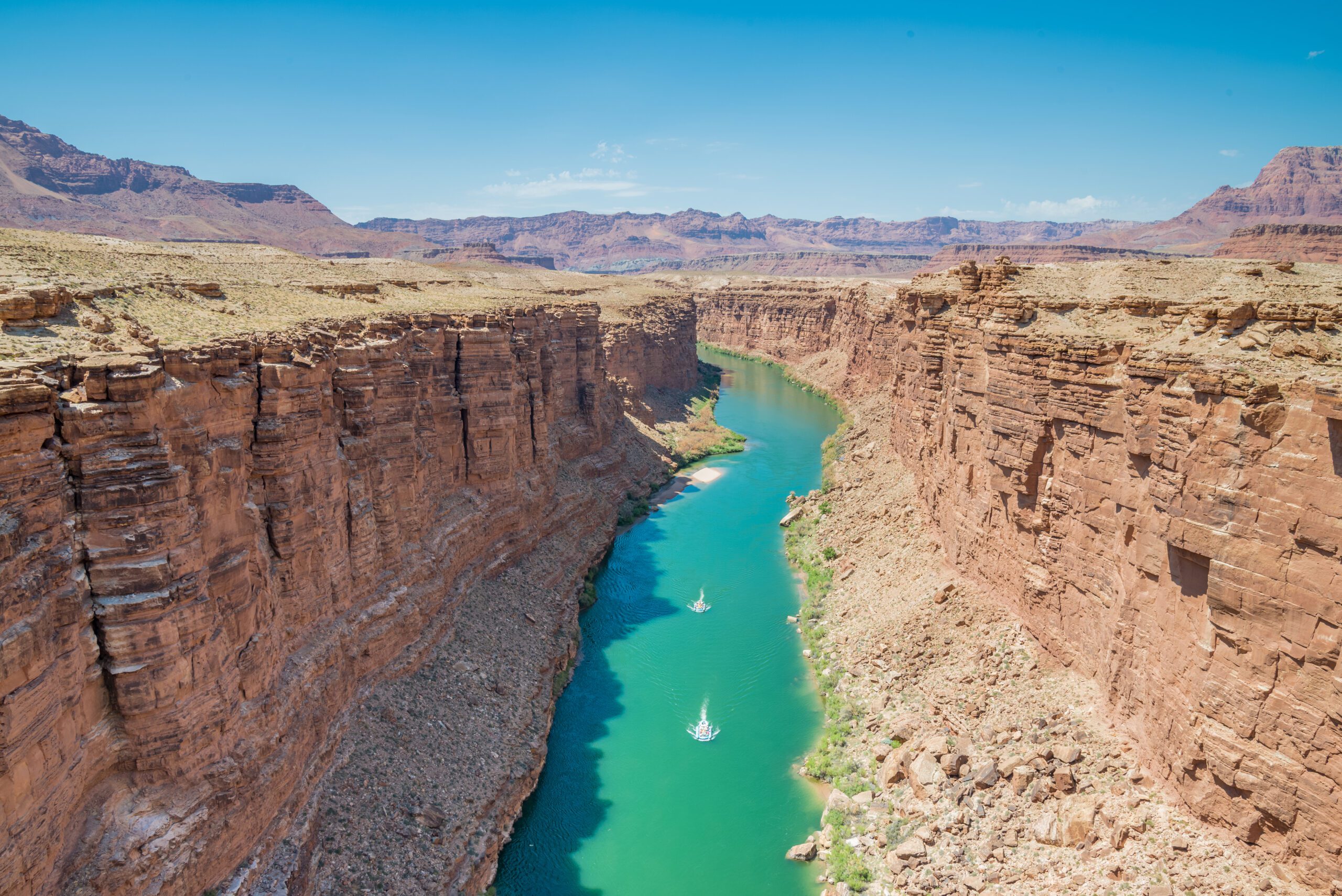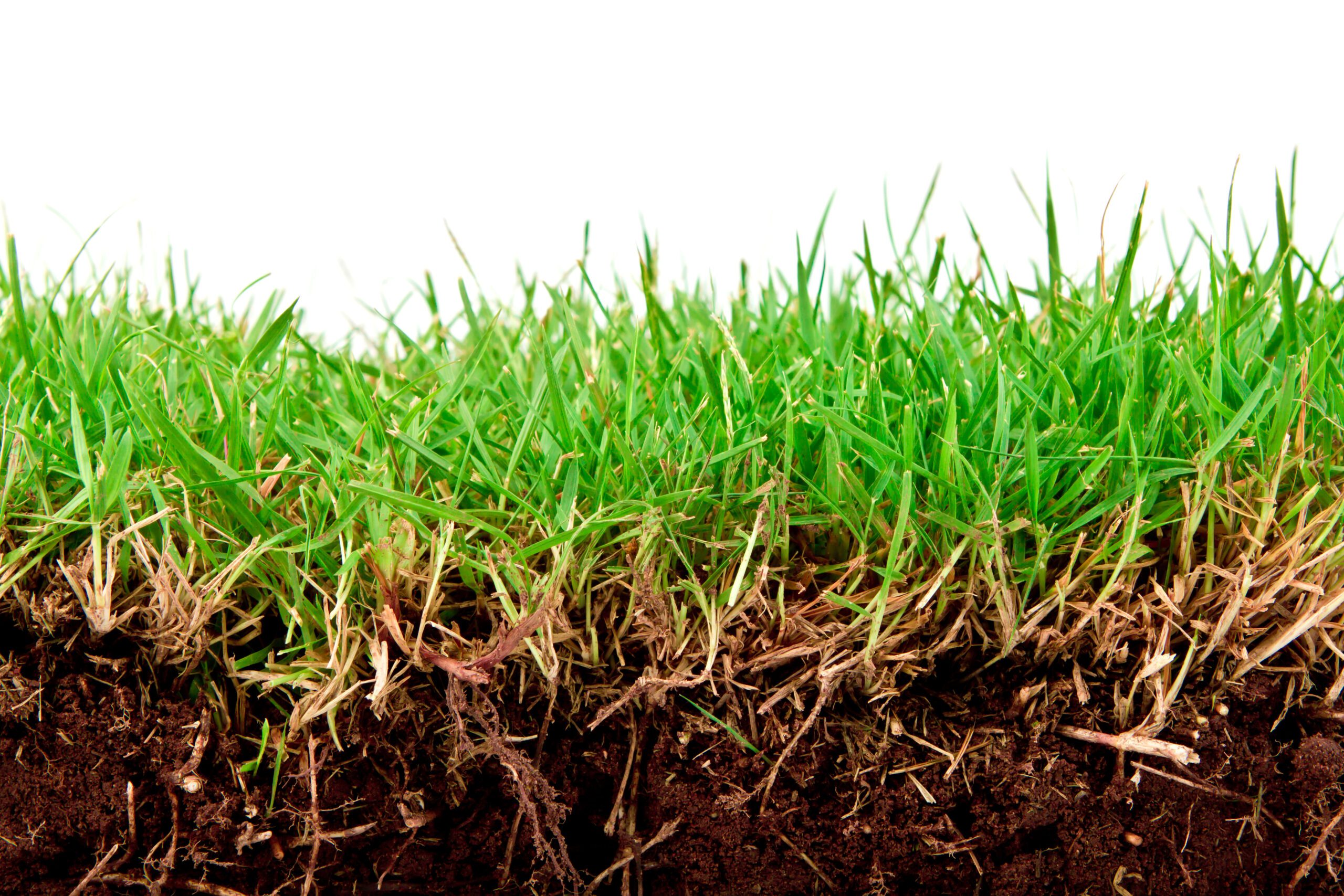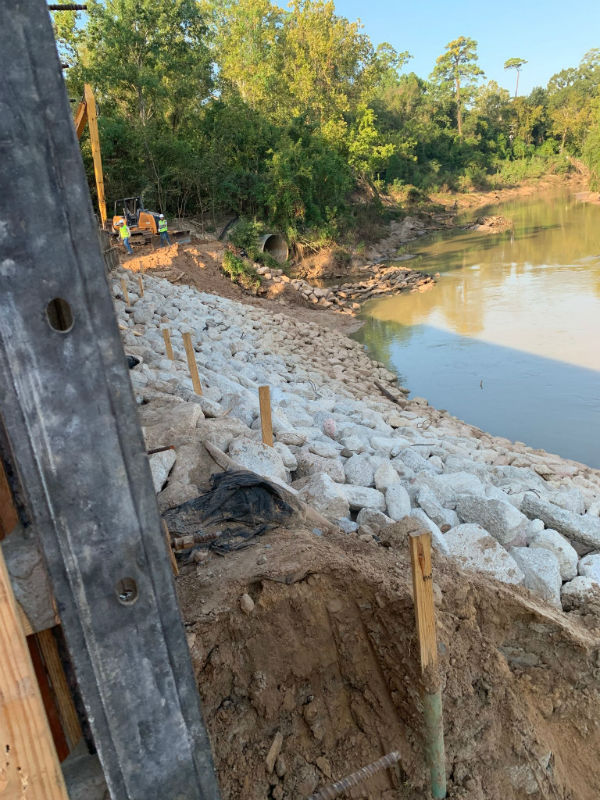Sugar Land, TX Erosion Control
Discover Excellent Erosion Control Service
Sugar Land, TX erosion control helps prevent contamination of nearby water sources and the degradation of on-site soil. Soil erosion is a serious problem during construction. Many are not aware of how important soil is to urban areas. Of course, the off-site impacts are critical to the environment and citizens.
When soil is disturbed, wind and water can have a profound effect. These two driving forces are what JR Pool Plastering and Texas Gunite try to manage. The techniques we use are state-of-the-art in erosion control. No matter what size of a construction site you have, our team is mindful of potential erosion dangers and nearby water sources.
Erosion control involves a lot, but that’s because there are many systems at play when it comes to erosion. The most prominent mechanic of erosion is water, which our company does best to control. Water carries off the sediment that construction sites produce.

The Grand Canyon is one of the greatest natural formations created by erosion.
Sediment is made up of solid material—usually rocks and minerals—that is moved and deposited. Wind or water can move sediment, but water is the most common. This collection of materials can settle at the bottom of lakes, streams, and rivers. Once disturbed, it can turn the water cloudy, creating several problems. JR Pool Plastering and Texas Gunite strive to protect construction sites from erosion and the many systems it has in motion.
Here at JR Pool Plastering & Texas Gunite Ltd. we offer pool replastering, retiling & coping, pool decking, water feature additions, spa additions, pool resurfacing, and pool repair.
Types of Erosion
Erosion is the process of wearing away geological materials through natural forces. Water and wind are the most common natural forces. Ice can also play a part in erosion but is not a threat at construction sites. Water and wind can alter rocks and soil in various ways.
The most apparent and common change these natural forces cause is physical. The Grand Canyon is one of the best examples of physical erosion. The Colorado Plateau was once flat and raised from tectonic shifts. Water rushing off the Rocky Mountains created the Colorado River. This river had millions of years to erode away the rock underneath. Eventually, the river carved the large canyon, exposing layers of rocks we now admire.
The other change water and wind can perform on geological structures is chemical. Chemical erosion occurs when these natural forces change the rock’s chemical composition. This change can also be caused by human activities, making it more critical to control erosion in construction sites.
Erosion’s Impact On-Site
Topsoil is an essential part of soil because it has the highest biological activity of any area. This soil layer also contains an abundance of organic matter and nutrients. For that reason, it is critical to preserve it on construction sites. Removing topsoil via equipment, water, or wind creates long-term problems.
Lack of Nutrients
Since topsoil contains the majority of nutrients plants need to thrive, the soil becomes less fertile after its removal. Unfortunately, fine particles house many of the nutrients and are washed away first. This allows larger particles, like sand and gravel, to take their place. These particles are unable to provide anywhere near the same level of nutrition for plants.

Topsoil is the top 5 to 10 inches of soil.
Compaction
The earth needs air, and organic matter gives it that. When organic matter is taken away, the earth that is left starts to pack down. The process of compacting earth makes it denser. Compaction is something we want to avoid because it makes sites bad.
Soil that is packed down doesn’t soak up water, fertilizer, or chemicals either. Plants are in worse shape when they don’t get enough water. It will be tougher to grow flowers, bushes, trees, shrubs, and other plants. This means that drought is more likely to happen in the area, and plants need to be sprayed more often. If the earth can’t soak up chemicals and fertilizer, they can run off and into major water sources.
Disease and Pest Control
Topsoil is the home and food source for thousands of microorganisms and insects. When these organisms don’t have a habitat, the chance of disease outbreaks increases. Soil helps control disease by keeping insects that carry disease in their natural habitat. Pest outbreaks are another problem caused by topsoil removal, which in turn leads to the use of pesticides more frequently.
Erosion’s Impact Off-Site
The off-site impact of erosion has environmental and economic dangers. Not only will you suffer the consequences of poor erosion control on your construction site, but taxpayers will, too. These consequences are caused by the sediment produced by construction sites. An excess amount of sediment reduces water quality.
Excess Nutrients
Eutrophication occurs when a body of water has an excess of nutrients, such as nitrogen and phosphorus. Subsequently, unwanted biological growth appears, and animal life diminishes from oxygen depletion.

Reducing sediment runoff at construction sites helps preserve nearby water supplies.
Excess Sediment
Construction sites can generate large amounts of sediment that runs off into bodies of water. Bodies of water with large quantities of sediment become cloudy or turbid. High turbidity levels limit sunlight exposure to underwater vegetation. Plants need sunlight to perform photosynthesis, which produces oxygen for aquatic organisms.
Furthermore, sediment reduces the flow capacity of rivers, streams, and ditches. An increase in runoff from newly built paved areas causes these areas to fill with water. Eventually, they overflow, and the area floods. Areas that don’t typically experience flooding can be met with severe damages.
Financial Burden
Flooding is detrimental to residential areas. Sediment’s impact on flooding costs taxpayers money when their local government must repair degraded soils, clean polluted environments, improve runoff and irrigation, and fix aesthetically unpleasing sites. Taxpayers also need to pay for the removal of sediment in public roads, ditches, culverts, and rivers.
Sugar Land, TX Erosion Control
JR Pool Plastering and Texas Gunite only uses effective techniques to reduce sediment runoff and other problems associated with erosion. Contact our team today by calling (713) 729-5014. You can also read about our erosion control methods on our website. Our methods are effective and meet your company’s needs. It is these methods that provide Sugar Land, TX, erosion control to your construction site.
Fun Facts about Sugar Land, TX:
- The fossil collection at the Houston Museum of Natural Science at Sugar Land ranks among the top 5 in the United States.
- A portion of the 1974 movie The Sugarland Express takes place in Sugar Land.
- Sugar Land is home to two professional minor league sports teams: the Sugar Land Skeeters and the Sugar Land Imperials.